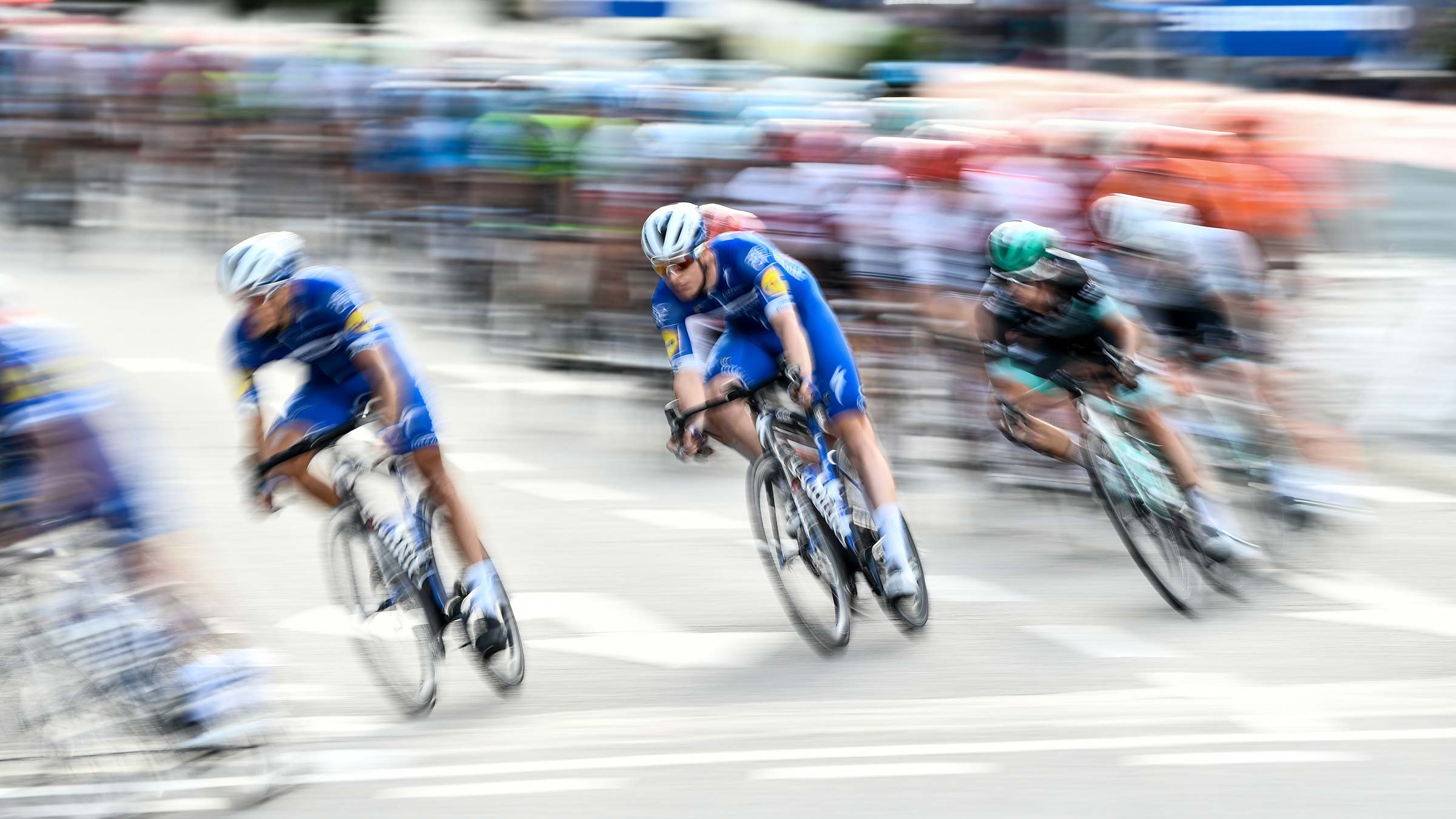
Artikel
02
mei
5 Ways to Go Faster (Without Increasing Your Power)
Speed is the most expensive currency in cycling. We will spend thousands on a new pair of wheels, six months of professional coaching, or a ground-breaking nutritional supplement in the name of getting faster. But speed can also be free.
Whether you’re riding downhill or being pushed by a tailwind, not all speed comes at the cost of dollars and energy. These are five ways to make yourself faster without spending thousands of hours in training or opening a new bank account.
1) Improve your aerodynamics (physically)
Poor aerodynamics slow you down more than you think. Most cyclists over-fixate on weight when aerodynamics have a much greater impact on cycling speed. So, just by improving your aerodynamics, you can go much faster than if you lost a few pounds or saved 0.5 kg with a new carbon fiber frame.
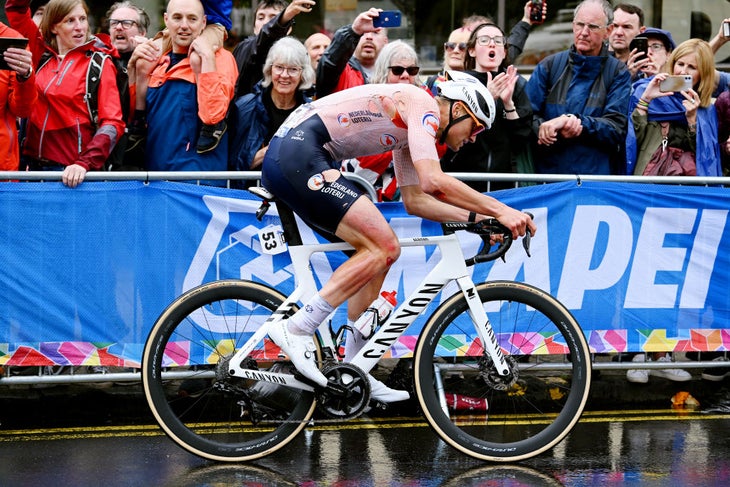
Improving your aerodynamics is free and easy. Let’s start with your body position. Before changing anything, make sure that your saddle position and overall bike fit are dialed in. Then, try getting more ‘aero’ on your next ride—that means hinging at your hips, lowering your head, and turtling your neck so that your head is tucked between your shoulder blades. Your elbows should be bent at roughly 90 degrees when your hands are on the hoods. Check out Mathieu Van der Poel’s position in a solo breakaway to see what this looks like.
2) Improve your aerodynamics (mechanically)
In addition to your body, you can also make your bike and equipment more aero without spending thousands of dollars. You can try removing a spacer under your stem or trying a narrower set of handlebars. Always change your position in small increments so that your body has time to adjust to the new fit.
You can also adjust your tire pressure based on certain weather conditions. You’d be surprised how much faster you can go if you adjust your tire pressure to match the road surface, air temperature, rider weight, and tire width. There are hundreds of free tire pressure calculators that you can find with a quick web search.
3) A clean bike is a fast bike
Pros have their bikes cleaned every day during a grand tour, and it’s not just for aesthetics. A clean bike is a fast bike, and it all comes down to wear and tear, grit, and grime. Studies have shown that a dirty chain can cost you upwards of 20 watts, or 1-2 kph at race speed. Other cyclists will spend thousands of dollars for a new set of wheels that is 0.5 kph faster…but they stll ride around with a dirty chain.
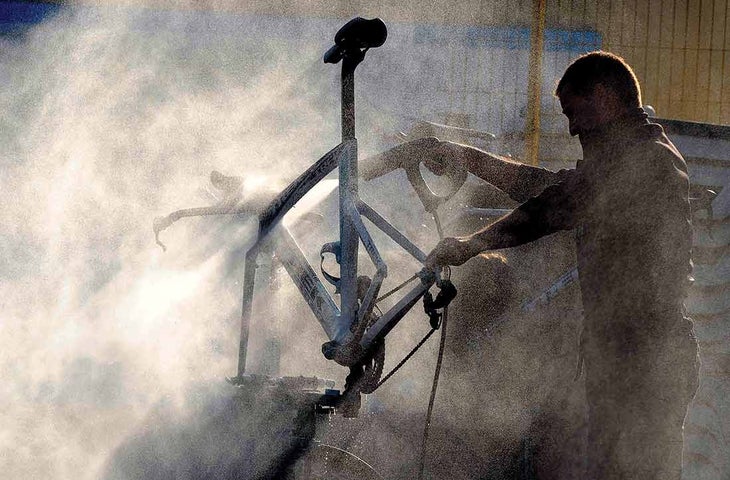
You don’t need to power wash your bike daily, but you should give it a fresh wash for race days. Make sure you clean your components as well, especially the ones that move, such as the derailleurs, pulleys, and chain. If you want to take it to the next level, you can start waxing your chain—chain-waxing is a fascinating internet rabbit hole if you ever have the time.
4) Dial in the small things
The “small things” can be anything from time and stress management to the quality of your indoor training setup. Having a solid routine can help you increase your training quality without even thinking about it.
But the small things can also be your bike setup, such as your derailleurs and brakes. Many have argued that Mark Cavendish would’ve won that crucial Tour de France stage if it wasn’t for a slipped gear in the sprint. While your stakes probably aren’t that high, slipped gears and dropped chains can easily ruin a ride.
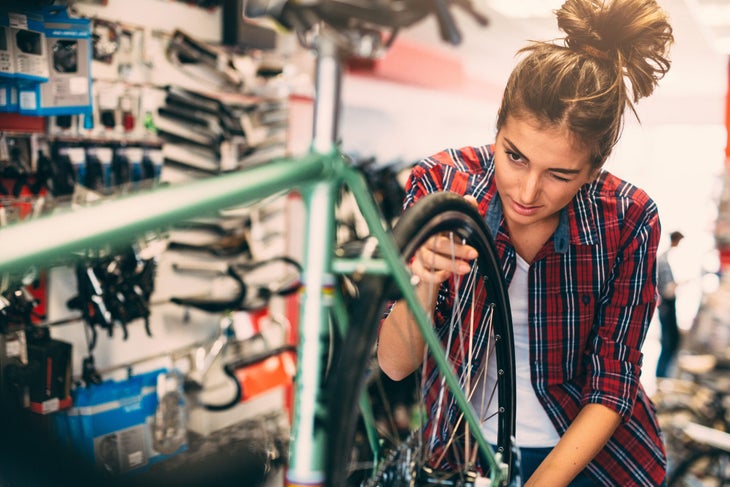
To stay on top of the little things, keep a checklist of daily, weekly, and monthly maintenance tasks. Keep your brakes aligned, your chain clean, and your shifters charged. One skipped gear isn’t a big deal. But it can completely ruin your day when the chain is clicking, the brakes are squealing, and you’re stuck in the small chain ring because you forgot to charge your shifters.
5) Fuel your training and racing
Cycling nutrition has completely evolved over the past few years, and the landscape is continuing to change. Instead of bonking on fasted, low-carb rides, cyclists are performing better than ever by taking in more than 130 grams of carbohydrates per hour. It’s clear that fueling your rides leads to better performance and recovery.
Cycling has a complicated history with weight, and many cyclists struggle with disordered eating, body dysmorphia, and more. Weight loss is completely overrated in cycling, and you’re better off fueling your performance for free speed. Proper fueling and recovery can help you achieve all-time PRs and go faster than ever.
Fueling right on the bike doesn’t cost anything extra — humans have to eat anyway. You just have to put a little bit of effort into calculating your nutritional needs and finding what works best.
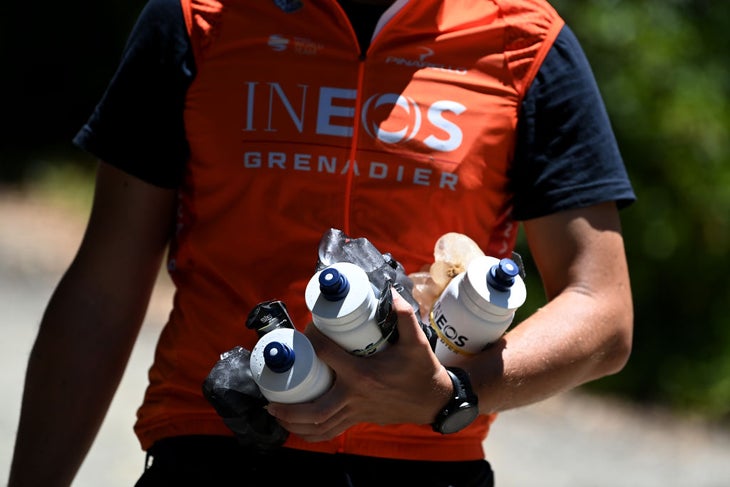
There are thousands of free articles, videos, and studies on cycling nutrition. You can calculate your own intake or pick out a few performance-specific nutrition products to fuel your rides. In training (not racing), try out different foods, liquids, and types of on-bike fueling. It might take some time before your stomach can handle more than 100 grams of carbs per hour, but you can train your gut just like you train your legs.
Don’t just copy what the pros are doing. Everyone is different, and it’s important to learn what works best for you. Over time, you’ll develop a personalized nutrition strategy that can help you go faster than ever.
What's your reaction ?
Follow us on Social Media
Some Categories
Recent posts

November 22, 2024
Loonkosten 2025: hier kun je als werkgever op rekenen

November 20, 2024
Books Article

November 19, 2024
Hoe Aristoteles nu zorgt voor impactvolle communicatie

November 16, 2024
Loonkosten 2025: hier kun je als werkgever op rekenen

November 09, 2024
Dit betekent het regeerakkoord voor jou als ondernemer

 Inloggen
Inloggen
 Registreren
Registreren






Comments (0)
No reviews found
Add Comment